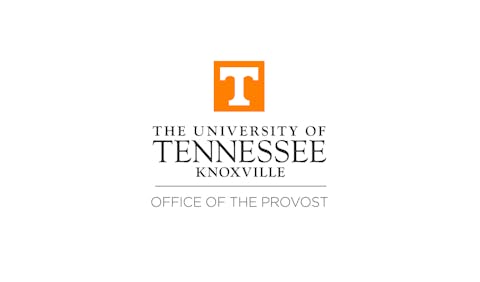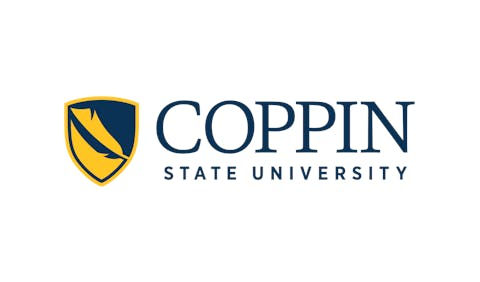
The report, titled "Broken Lifelines: The Economic Consequences of Defunding Academic Public Health," provides the first detailed analysis of how grant freezes, budget reductions, and agency restructurings implemented since January 2025 have devastated higher education institutions nationwide.
Major universities hit hardest include Johns Hopkins University, which announced 2,200 layoffs directly attributed to declining federal research funding, and Harvard University, which faces a $2.2 billion funding freeze affecting its medical and public health schools.
“The more than 150 member institutions of ASPPH, representing over 103,000 faculty, staff, and students, form a nationwide network that trains the future public health workforce and generates lifesaving research,” the report states. “This critical infrastructure is now under unprecedented threat.”
The disruptions began in late January 2025 when sweeping executive actions dramatically altered federal funding flows. An Office of Management and Budget memorandum instructed agencies to pause federal financial assistance activities, effectively freezing research grants and public health program funds. The National Institutes of Health, which awarded $36.94 billion in extramural research funding in fiscal year 2024, ground operations to a halt as peer review meetings were canceled and grant cycles delayed or terminated.
The report documents that approximately 780 NIH grants were terminated or faced cancellation by March 2025 under new administrative priorities.
“Critical projects at institutions like Harvard were halted; one HIV/AIDS research team had its funding 'cut off very abruptly,' disrupting work and international partnerships,” according to the ASPPH analysis.
The proposed 15% cap on indirect costs for NIH grants—a drastic reduction from typical rates of around 50%—threatened the viability of existing research projects before being temporarily stayed by courts following lawsuits from university associations and states including Massachusetts. By March 2025, proposals emerged for steep budget cuts, potentially slashing NIH and CDC budgets by over 40% and eliminating entire programs and agencies like the Agency for Healthcare Research and Quality and the Substance Abuse and Mental Health Services Administration.
The economic impact extends far beyond university campuses. The report estimates that every dollar of NIH funding generates approximately $2.56 in overall economic activity, meaning the funding disruptions could result in projected losses exceeding $16 billion nationally. In fiscal year 2024, NIH grants alone supported over 400,000 jobs nationwide.
Other major universities instituted hiring review processes and freezes. The University of Michigan and Oregon Health & Science University warned of layoffs, while smaller programs laid off staff due to single grant cancellations. Massachusetts, with over $3.4 billion in annual NIH awards supporting 30,000+ jobs statewide, could face elimination of 12,000-15,000 positions and $1.4 billion in annual economic output under a 40% funding cut.
The funding instability has created a potential "pipeline gap" in the public health workforce. Universities have reduced graduate student admissions in funded PhD programs, while federal traineeships and scholarships were paused or downsized. Students lost critical internships, field placements, and expected stipends or tuition coverage. International students, who contributed $44 billion to the U.S. economy last academic year, face additional uncertainty under policies that threaten their ability to study and work in the United States.
The $12 billion cancellation of previously allocated COVID-19 relief funds has directly impacted community health services. Community health centers in at least 10 states couldn't access federal funds, leading to temporary closures and reduced services. In Richmond, Virginia, a health center closed three sites and furloughed staff, turning away patients. These centers serve over 32 million people annually.
“For countless hardworking individuals and families in these regions, these health centers are not just a place for medical care—they are a lifeline,” said Tracy Douglas, CEO of the Virginia Community Healthcare Association.
The rescission of CDC funds also halted disease surveillance and response efforts. Lubbock, Texas, had to stop its measles outbreak response mid-crisis, while pandemic recovery projects bolstering local health infrastructure were undermined.
ASPPH emphasizes that even wealthy universities cannot replace federal funding through endowments alone. Harvard's $53 billion endowment has about 80% legally earmarked for specific purposes, leaving insufficient flexibility to replace nearly $700 million in annual federal research funding the university receives each year.
“Federal investment in a university's work is an investment in the public's well-being, enabling lifesaving research, training of health professionals, and services for underserved populations that simply would not happen at the same scale without public funding,” the report concludes. The association calls for restored stability in federal funding, arguing that sustained investment in public health education and research represents “one of our nation's smartest returns.”
Research indicates that for every $1 invested in public health interventions targeting common chronic conditions, at least $5 in health spending is saved. The report warns that continued funding instability will weaken America's capacity to prevent disease, respond to emergencies, and maintain the robust public health workforce essential for national resilience.
















